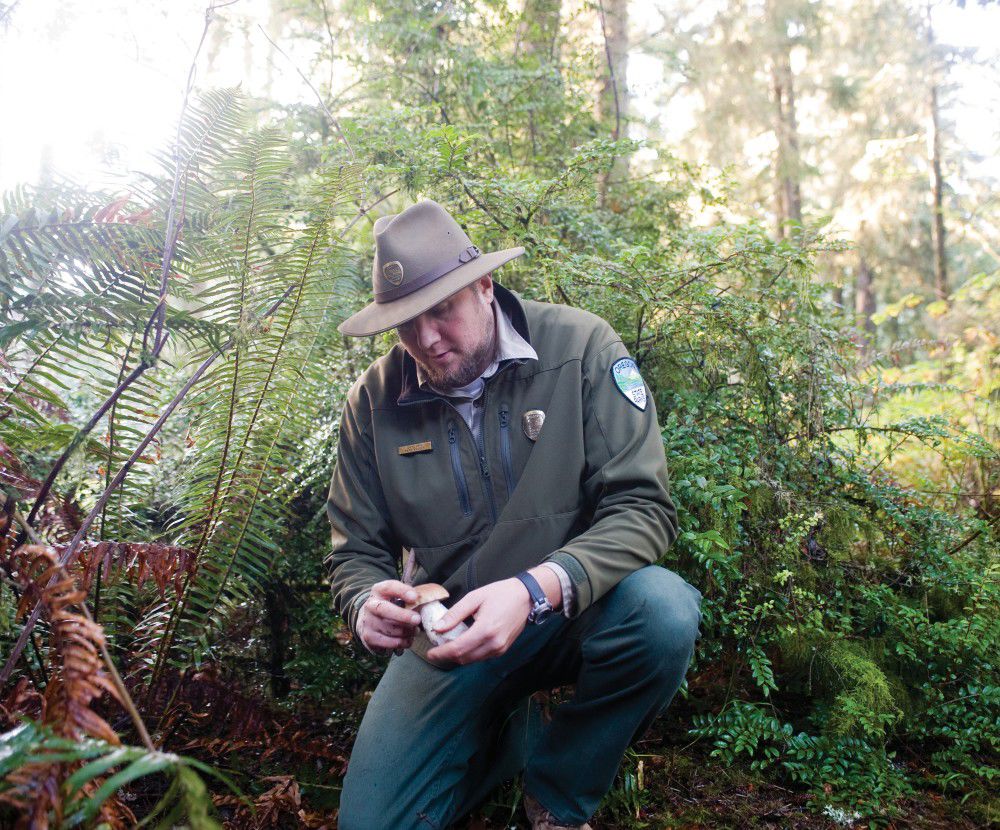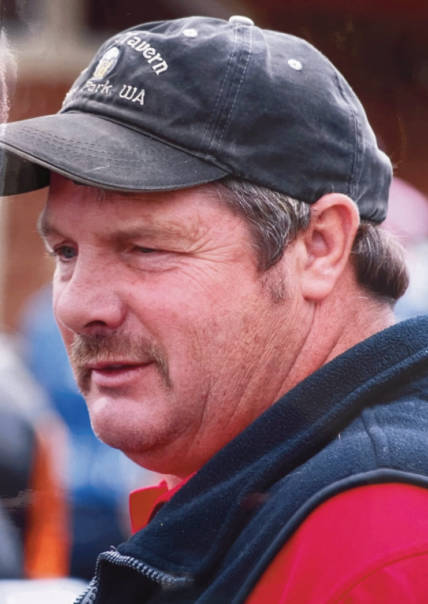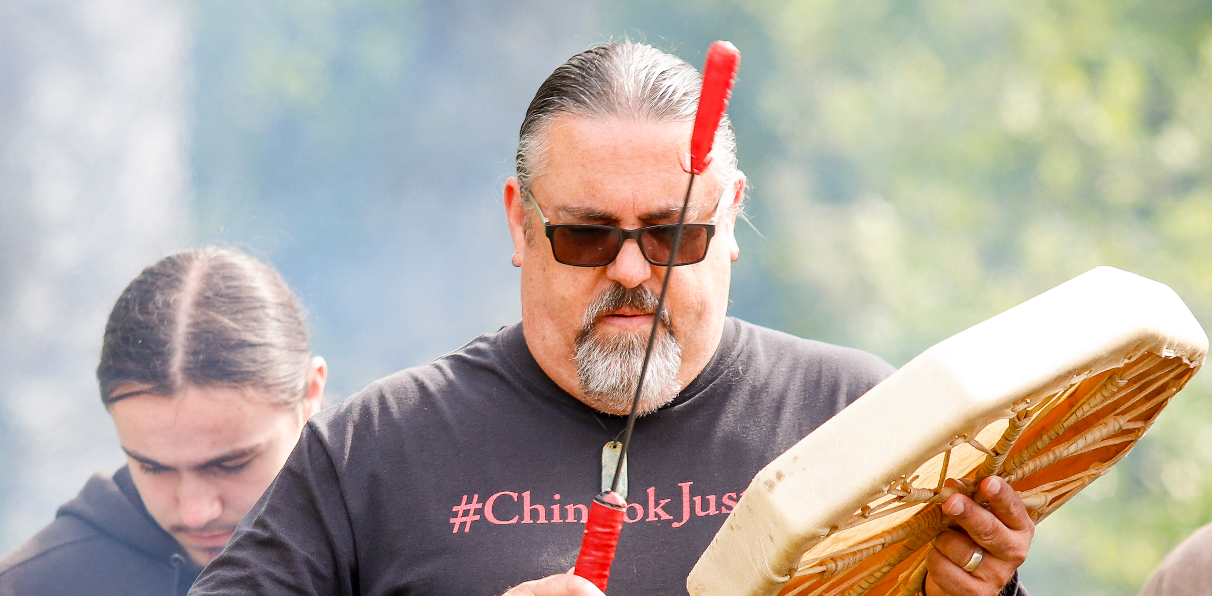Mushroom culture at the coast
Published 4:00 pm Wednesday, November 21, 2012

- <p>Park Ranger Dane Osis uses a knife to clean up a king bolete mushroom found among the sword ferns at Fort Stevens State Park. Osis provides guided hikes at sites around the park for mushroom hunters.</p>
Theres a mystique to mushrooms, as Alice discovered in Wonderland. Not the pale, plastic-encased specimens under fluorescent lights at the local grocery store, but the ones growing wild in the hidden recesses of forest and field. Dane Osis, a park ranger at Fort Stevens State Park, calls mushroom foraging an Easter Egg hunt for adults. When asked about the allure, he says a huge part of the draw is finding your food in the woods. At a time when produce is often shipped from halfway around the world and loaded with pesticides, there is something attractive about going right to the source. Knowing dinner made the short trip from earth to table is reassuring.
Trending
The Northwest is particularly suited to wild mushrooms. Osis says the mild climate, widespread forests and ample rainfall make it one of the best places in the world to forage. More than 300 species of mushrooms can be found in Washington and Oregon.
Although a centuries-old tradition in much of Europe, interest in mushroom hunting is relatively new in the U.S. According to Osis, who has been leading mushroom walks at Fort Stevens for eight years, a wide variety of people get into foraging, from those who travel up and down the West Coast migratory mushroom trail and eke out a living selling their hauls to restaurants and stores, to foodies who are drawn to the gourmet aspects of the mushroom experience. Interest continues to grow. There are at least 12 mushroom societies in Oregon and Washington and several annual festivals. The Fort Stevens mushroom talks are well-attended, with as many as 100 people showing up for the Saturday hikes.
Veronica Williams has been picking mushrooms since she was a 3-year-old living in Hungary. She recalls her mother taking her out for the first time: I remember the trail, the trees, the little creek running alongside. When her mother pointed to a wild mushroom, that was it. I fell in love with mushrooms, and Im still in love with mushrooms, she says.
Trending
To successfully hunt for mushrooms, you have to have mushroom eyes if its in you, its in you, Williams says. Always on the lookout, she can even spot them while driving. When she settled in South Bend, Wash., in 1949, she brought her mushroom eyes with her. Williams forages not only for mushrooms, but also wild celery, huckleberries and other local edibles of natures bounty, and she sells them to restaurants from South Bend to Astoria.
She makes her living off the forest floor, says Sebastian Carosi, chef of the Pickled Fish restaurant inside the Adrift Hotel & Spa in Long Beach, Wash. Carosi recently created a menu featuring Williams foraged mushrooms during the Wild Mushroom Celebration in October, an annual event that teams up local chefs talents with the areas foraged harvest.
Carosi buys all his mushrooms from Williams. When asked about them, he goes to the kitchen and brings out two containers loaded with huge, fan-like oyster mushrooms and a mixture of king boletes and chanterelles. His enthusiasm for them is contagious, and after tasting his mushroom dishes, its easy to understand why. The flavor combinations are truly extraordinary; using only organic ingredients culled from Oregon and Washington, Carosi abides by the philosophy of what grows together goes together when creating his entrees.
True mushroom gatherers are stewards of nature. Williams says shes so tuned into the natural world, she can practically hear a pine needle drop. I love the outdoors. I really dont care if I find anything. If I can find stuff, thats a bonus, she says. Respecting the balance of nature is essential. When foraging, leave the dirt in the woods, leave the shavings in a hole, cover it up, so nobody knows youve been there. When I leave, I leave it the way I found it.
Honoring all forest life is important. For example, slugs spread mushroom spores and form a vital link in the ecological chain that helps fungi flourish. Gatherers can assist in the distribution process: From an open weave collection basket, mushrooms can drop spores like breadcrumbs as gatherers travel through the woods. When picking, its necessary to be gentle with the earth beneath the mushrooms to avoid damaging the mycelium, the underground parent organism which produces the fruit above. In this way, pickers insure a good harvest for the following season.
Osis says the picking season usually falls between early October and Halloween, but this years dry summer and early fall pushed everything back about a month. Williams worries this years mushrooms will be sparse. Now that the rain is finally coming, the temperatures are dropping, which might make it difficult for mushrooms to flourish. My heart is so heavy, Williams says. When she goes out to look for new growth, she fears she wont find anything. Osis agrees, There are more mushrooms out now than a couple of weeks ago, but it is definitely going to be a subpar season. There are very few boletes, and the chanterelles that are out are small. Things may still improve, but Im having my doubts.
While there are definitely practical and financial motives for gathering mushroomsthe black truffles which grow regionally can fetch as much as $400-$500 a piece, according to Carositheres also a delight and joy found in the search and discovery. When they talk about finding a perfect king bolete, Carosis and Williams faces light up, just like kids on Christmas morning. You cant put a price on that.









